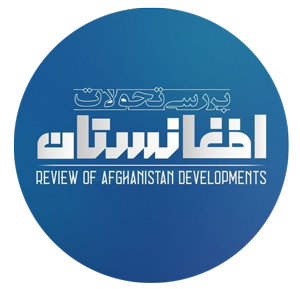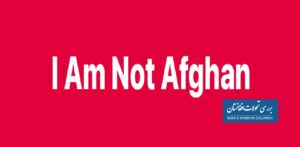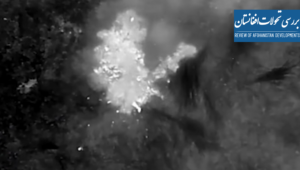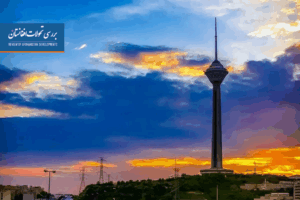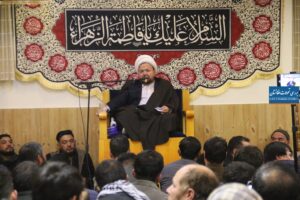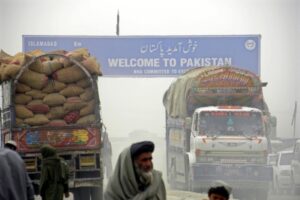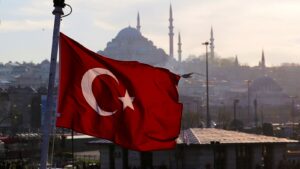Review of Afghanistan developments
Pakistan, perceived as a defeated player in Afghanistan since 2021, has initiated a new media war against the Taliban government. In this strategy, Pakistan’s Inter-Services Intelligence (ISI) employs two primary methods: firstly, leveraging social media, which reaches a vast audience, and secondly, disseminating rumors to Afghan media outlets that are opposed to the Taliban, presenting these as information from a credible source.
The strategy of engaging in a media war has been evident over the last few weeks, and it is anticipated that this approach will intensify, allowing Pakistan to achieve its objectives against the Taliban government in a more cost-effective manner.
Pakistan’s earlier strategies aimed at undermining the Taliban government within the international arena, by highlighting concerns such as its support for terrorism and its role in transforming Afghanistan into a refuge for terrorist organizations, have not proven effective in fulfilling Pakistan’s objectives. A recent report from the US intelligence community, comprising multiple agencies, has indicated that the Afghan Taliban has been excluded from the list of national security threats to the nation. Furthermore, the engagement policies of neighboring and regional countries with the Taliban government suggest a degree of confidence in the anti-terrorism pledges made by the current Afghan government.
Pakistan’s earlier policies primarily targeted governments; however, Pakistan new strategy, centered on media warfare, aims to reach the general populace, particularly the citizens of Afghanistan, followed by influencing public opinion in other nations. While it is anticipated that Pakistan will persist with its anti-Taliban messaging through official channels and diplomatic efforts, the implications of its media warfare may extend beyond Afghanistan, affecting the broader region as well.
A key factor that enhances the effectiveness of Pakistan’s media strategy is the scarcity of news sources and lack of free media activity in Afghanistan. The Taliban administration needs to recognize that imposing restrictions on the media will ultimately be harmful to its interests. In the contemporary landscape, media is crucial for shaping and influencing public opinion. Given the presence of only a few restricted media outlets and spokespersons in Afghanistan, accurately conveying the true narrative in a media conflict becomes exceedingly challenging.
In discussing Pakistan’s media war against the Taliban government, two recent news reports from Pakistani sources are noteworthy. The first report highlighted the arrival of an American C-17 aircraft at Bagram Airport. Given the sensitive nature of this information, it generated significant media attention that influenced not only the situation in Afghanistan but also the broader region. This fake story was initially circulated by various Pakistani sources on social media and was further amplified by anti-Taliban outlets.
A crucial foundation for persuading the audience regarding this news was the direct negotiations that took place between the Taliban government and the American delegation in Kabul.
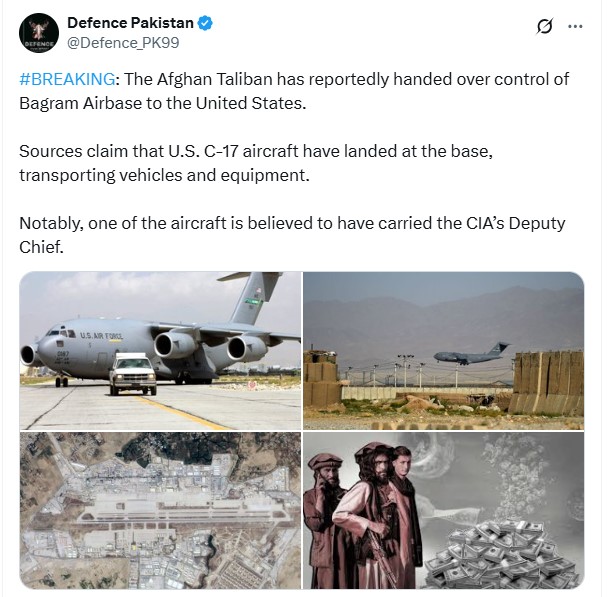
Another instance of misleading news pertained to an explosion in Kandahar city. In the aftermath of an explosion in Kandahar city, which sources from the Taliban government attributed to a detonated munition, a media campaign was initiated. Accounts linked to Pakistan swiftly engaged, advocating the narrative that the explosion resulted from a drone strike.
Several Pakistani social media accounts, citing “informed sources,” have claimed that the explosion was due to a drone strike on a meeting involving leaders of the Tehreek-e-Taliban Pakistan (TTP) and the Baluchistan Liberation Army (BLA), both recognized as terrorist groups in the country. A media outlet based in Europe that opposes the Taliban also supported this claim, referring to a source. However, it is significant to mention that no evidence has been offered to substantiate these allegations.
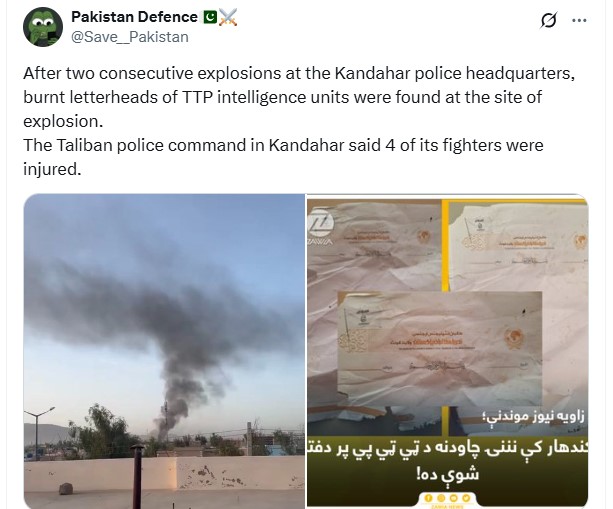
The news was not only extensively disseminated across social media platforms, but also certain regional media outlets became embroiled in Pakistan’s media war by republishing it. Nonetheless, any pragmatic analyst is aware that, even if the Taliban government aimed to organize a meeting between the opposing groups in Pakistan, it would not be held at the Kandahar city police headquarters.
The technique of utilizing “informed sources” is crucial in the ongoing media war by Pakistan. Besides social networks linked to Pakistan, media organizations that oppose the Taliban regime will also draw information from this source, which may, in certain instances, extend to regional and international media as well.
Considering the escalating tensions between the Taliban government and Pakistan, it is anticipated that Pakistan’s perspective on events and developments in Afghanistan will evolve to encompass new aspects. The restrictive media atmosphere in Afghanistan has fostered an environment conducive to the success of this media war, ultimately leading to the advancement of a narrative that aligns with Pakistani interests both within Afghanistan and in the broader region.
Afghanistan, previously recognized as a prominent media center in the region, is currently experiencing a significant lack of news due to the media policies implemented by the Taliban government. In this context, it is expected that alternative sources will win this media war.
